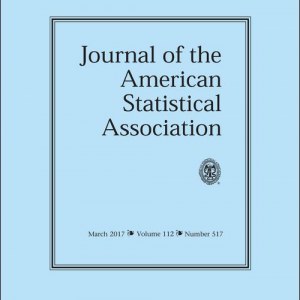
Vogels, L., Mohammadi, R., Schoonhoven, M. and Birbil, S. (2024). Bayesian Structure Learning in Undirected Gaussian Graphical Models: Literature Review with Empirical Comparison Journal of the American Statistical Association, 119(548):3164--3182.
-
Affiliated author
-
Publication year2024
-
JournalJournal of the American Statistical Association
Gaussian graphical models provide a powerful framework to reveal the conditional dependency structure between multivariate variables. The process of uncovering the conditional dependency network is known as structure learning. Bayesian methods can measure the uncertainty of conditional relationships and include prior information. However, frequentist methods are often preferred due to the computational burden of the Bayesian approach. Over the last decade, Bayesian methods have seen substantial improvements, with some now capable of generating accurate estimates of graphs up to a thousand variables in mere minutes. Despite these advancements, a comprehensive review or empirical comparison of all recent methods has not been conducted. This article delves into a wide spectrum of Bayesian approaches used for structure learning and evaluates their efficacy through a comprehensive simulation study. We also demonstrate how to apply Bayesian structure learning to a real-world dataset and provide directions for future research. This study gives an exhaustive overview of this dynamic field for newcomers, practitioners, and experts.